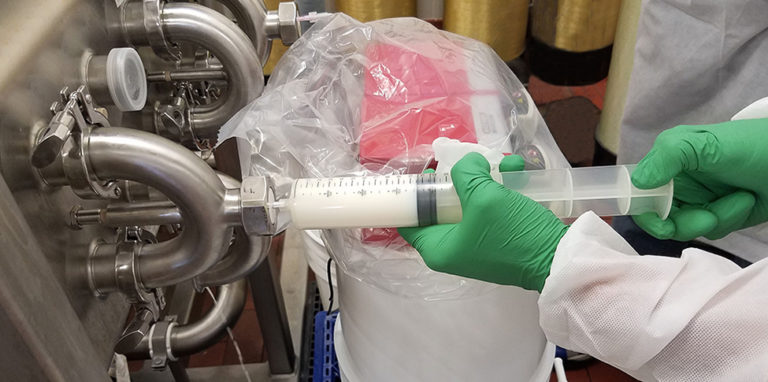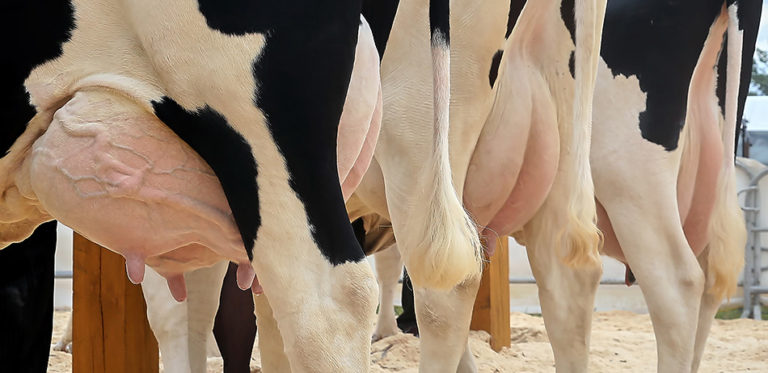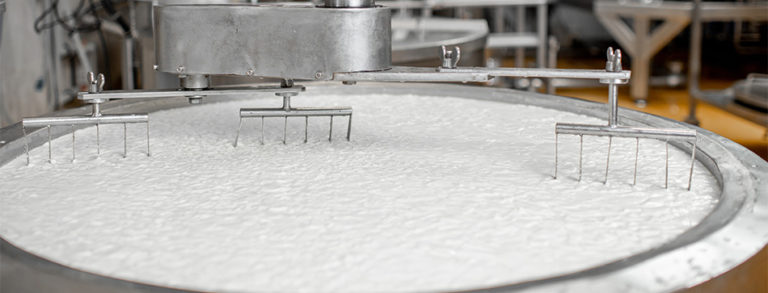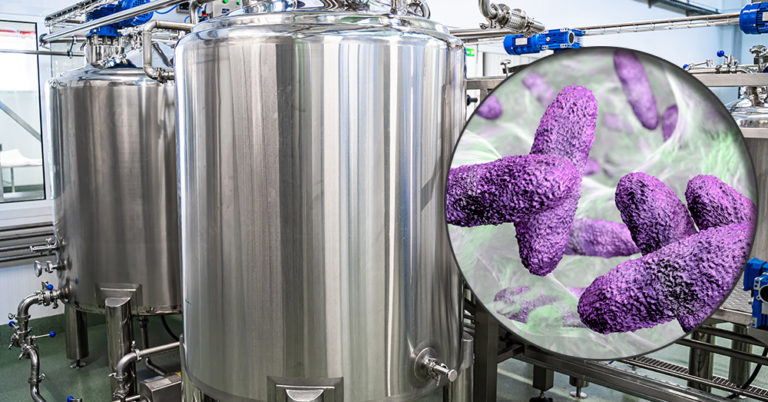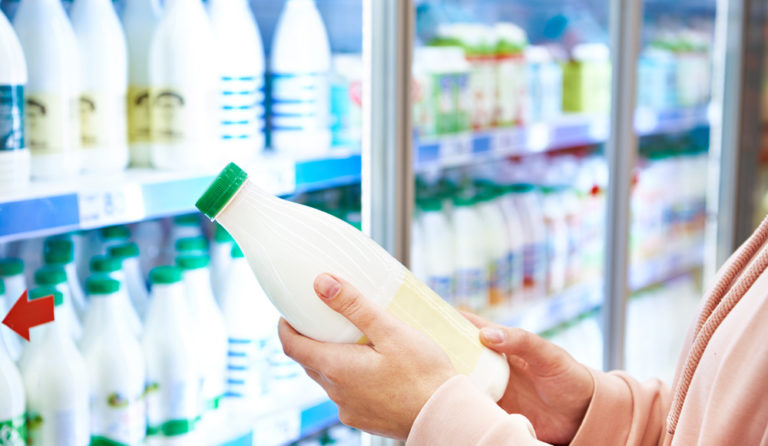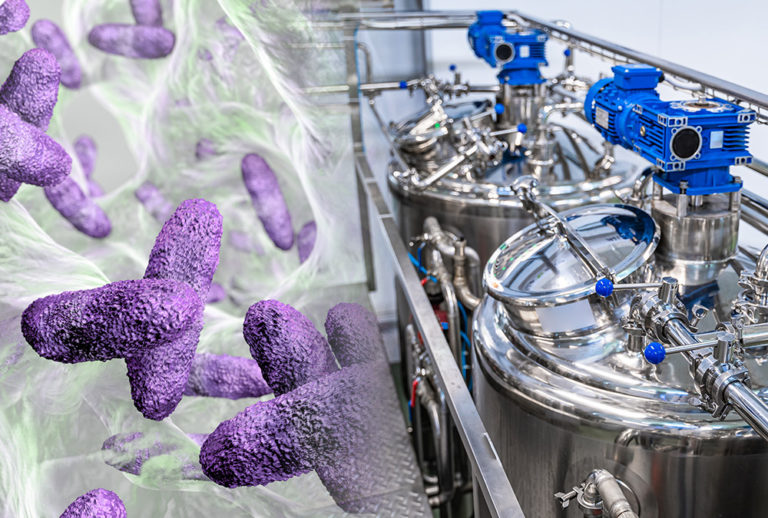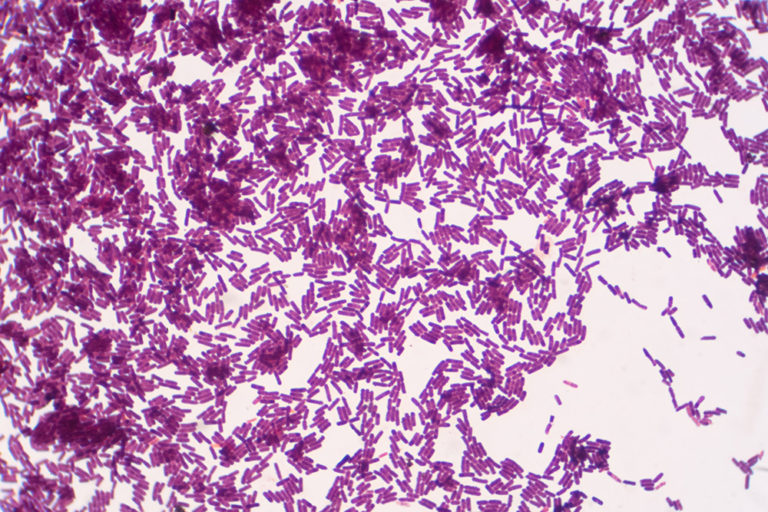Aseptic Sampling System for Tanker Trucks: Enhancing Safety and Efficiency
This is a guest post written by Mark Z. Moores, CPCU, ARM, AAI, President, Moores Insurance Management, Minneapolis, Minnesota. He is a highly respected adviser in the insurance industry. See Author Bio at the end of the post. Compared to other industries, trucking, including the milk tanker industry, has some of the highest work-related injury…


